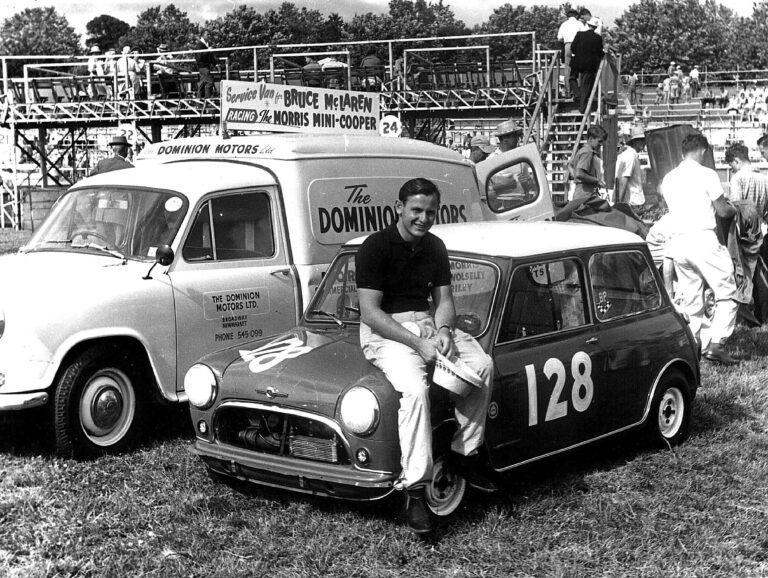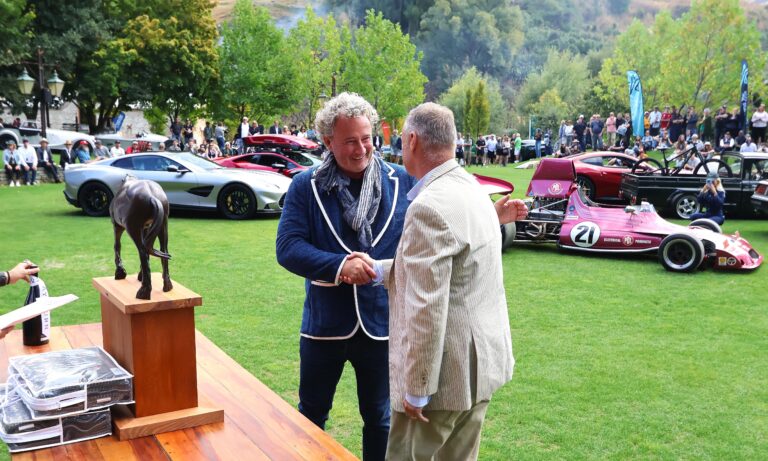Although most will have heard of JET1 — the gas turbine–powered version of Rover’s venerable P4 — few are aware that Rover got involved with the Whittle jet engine as far back as the ’40s. Indeed, fitted to a twin-engined Wellington, the first Rover W2B turbo-jet engines took their maiden flight on August 9, 1942.
Following further tests, the British Ministry of Aircraft Production–sponsored jet project was taken over by Rolls-Royce in 1943. However, Rover persisted with their development of the gas-turbine engine with the aim of producing a series of road cars. Although that idea would ultimately prove to be unsuccessful, Rover Gas Turbines Ltd (established in 1953) continued to produce engines for many years — the group becoming part of British Leyland in 1967. Subsequently, Rover-developed gas-turbine engines would find a place in trucks and British Rail’s APT-E — an experimental train that ran four Rover-built gas turbines, and was first tested in 1972. The high-speed APT-E was able to reach speeds of around 250kph.

Perhaps Rover’s best-known jet-powered vehicle was the Rover-BRM cars that ran several times at the Le Mans 24 Hours race. With a chassis derived from a contemporary BRM F1 car, the Rover-BRM’s gas turbine ran on paraffin, idled at 28,000rpm and ran up to 55,000rpm at load. Fifty years ago, in June 1965, the Rover-BRM made its final appearance at Le Mans. Driven by Jackie Stewart and Graham Hill, the innovative jet-powered car lasted the entire 24 hours of the race, eventually finishing in tenth place overall, and also earning honours as the first British car to cross the finish line.

The Stewart/Hill was recently restored and will make an appearance at this year’s Goodwood Revival meeting in the UK. New Zealand Classic Car hopes to print a feature on Rover’s jet-age cars with the help of a New Zealand Classic Car reader who was actually part of the Rover Gas Turbine group from 1956 to 1967.


